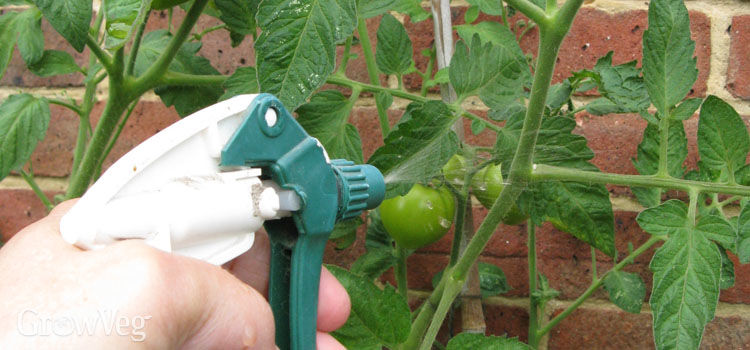Soil Science Spotlight:
Managing Calcareous Soils One of the primary functions of the GROW BIOINTENSIVE method is to allow small-scale farmers everywhere to build and maintain soil fertility levels that will allow the farmers to grow a large amount of food and compost materials in a very small area, with greatly reduced resource use, for an indefinite period of time, sustainably. Soil testing and the application of the correct type and quantity of organic soil amendments at the correct time is a fundamental part of building and maintaining sustainable soil fertility levels. To introduce the topic of soil testing and the reasoning and methodology involved in soil test analysis and making soil amendment recommendations to a wider audience, John Beeby and Ecology Action are creating a series of topics on the subject called “Soil Science Spotlight”, which is posted to growbiointensive.org in the “Protocol” section with new posts added regularly.
A calcareous soil is created from parental rock that is primarily calcium carbonate (lime), and is relatively common in the drier areas of the earth. The dominant nutrients or elements in these soils are calcium and carbonate, and an overabundance of either element can create challenges for the farmer. Calcium (Ca2+) is an important nutrient for crops and is needed in relatively large amounts. However, in a calcareous soil there is so much calcium that the availability of other important nutrients like potassium and magnesium, as well as many trace elements (zinc, copper and manganese), is severely restricted. From a soil testing and fertility perspective, it is practically impossible to determine the soil’s cation exchange capacity as well as the ideal ranges for potassium and magnesium. From a practical perspective however, even if the ranges were determinable, it would not be economically viable to increase the potassium and magnesium levels to the point where they would be reasonably balanced with the extremely high calcium level. Even if it were not prohibitively expensive, when these nutrients are added to a calcareous soil through appropriate organic fertilizers, they are immediately bound in the soil and unavailable to crops. In addition to the dominance of calcium, there is a large amount of carbonate (CO32-) in the soil. Carbonate in the soil reacts chemically with water to increase the soil pH. This can be a helpful process in soils that are acidic and is the reason why farmers add lime to acidic soils. However, when carbonate is present in such high amounts, the soil pH is increased to a level that causes important crop nutrients to become much less available in the soil. This is particularly true for trace elements (those listed above as well as boron). In addition, a high pH soil reduces the soil’s biological diversity, making it more challenging for organisms to decompose, fix nitrogen and carry out the vast array of beneficial activities that they provide soils and crops.
top | Newsletter Home |Table of Contents| Archive
|



 One of the only options for adding nutrients
and trace elements to crops growing in calcareous
soils is through foliar feeding, because
it allows the crops to take up the nutrients by
spraying them directly on their leaves. This can be a
challenging method of fertilization for farmers due
to the increased cost of foliar fertilizers (nutrients
need to be in a chelated form), the need to regularly
fertilize, the equipment required, and the challenges
of foliar feeding in a rainy climate
One of the only options for adding nutrients
and trace elements to crops growing in calcareous
soils is through foliar feeding, because
it allows the crops to take up the nutrients by
spraying them directly on their leaves. This can be a
challenging method of fertilization for farmers due
to the increased cost of foliar fertilizers (nutrients
need to be in a chelated form), the need to regularly
fertilize, the equipment required, and the challenges
of foliar feeding in a rainy climate